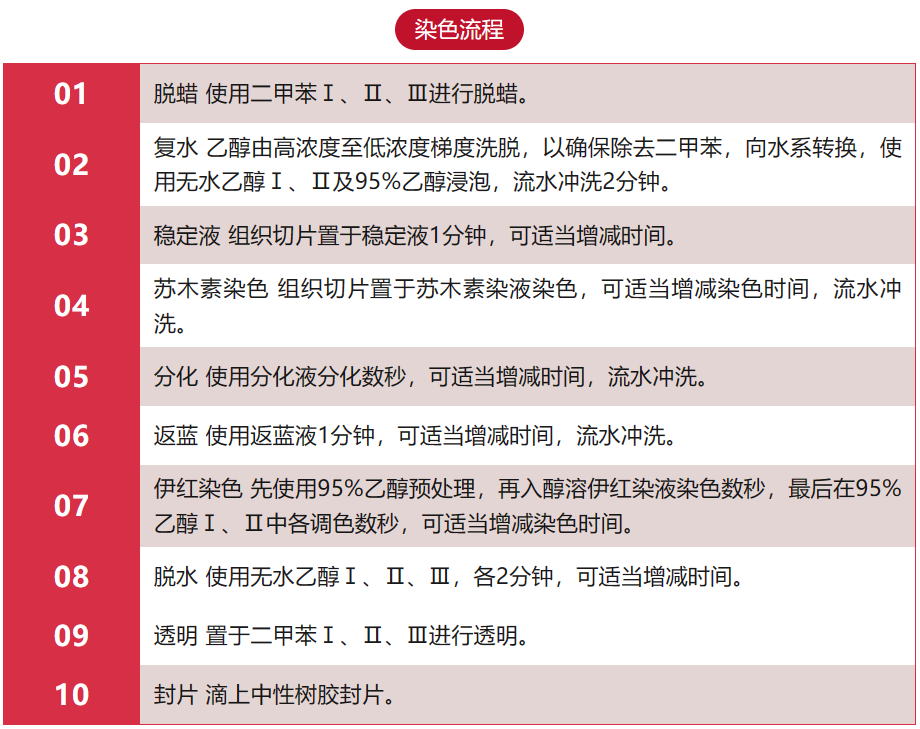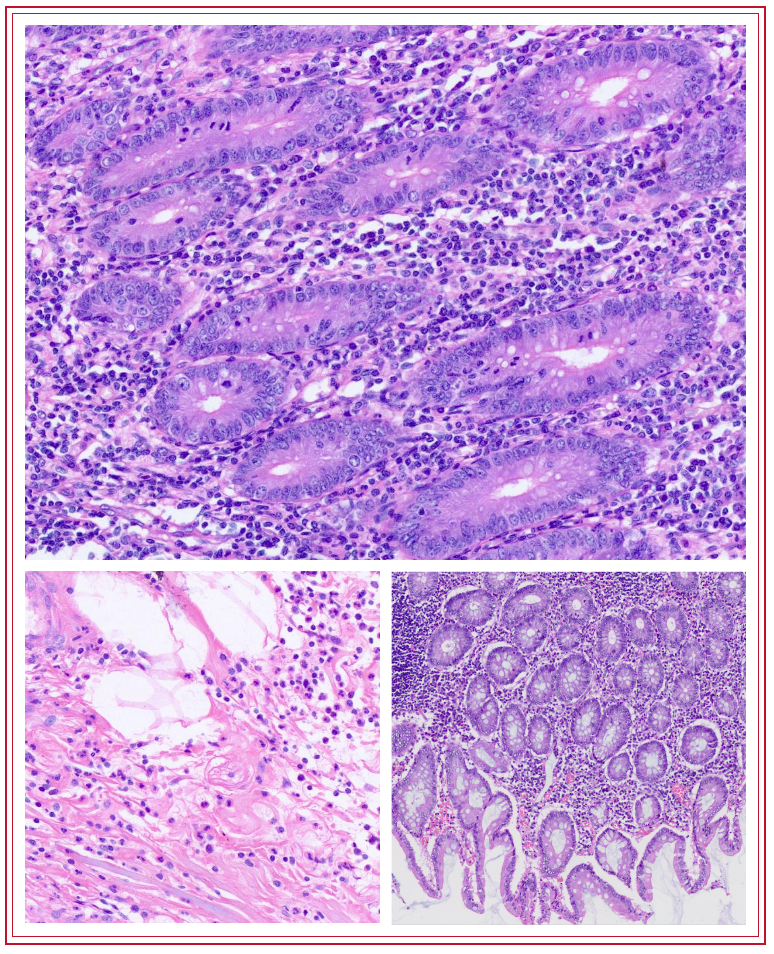hematoxylin-eosin staining (HE) is the most common and basic staining method in pathology, providing information and basis for subsequent detection and diagnosis. However, the traditional HE dyeing solution is affected by hematoxylin oxidation and other factors in the dyeing process, so the constability of the dyeing effect cannot be guaranteed, and the standardization and quality control of dyeing are difficult to achieve.
Beant introduces H-E HD Constant dye solution, hematoxylin free of metal oxide film and precipitation. The use of H-E HD constant staining solution can eliminate the problem of section staining quality caused by the decline in the quality of staining reagents, making the pathological section more clear, the nucleus and cytoplasm are clearly stained, the chromatin is clear, and the nucleolus is clear. The 1L set can maintain the same staining effect from the first slice to the 5,000th slice. The use of HE HD constant dyeing solution is expected to improve the quality of HE dyeing and realize the standardization of quality control.

Beant H-E HD Constant dye solution
Composition of dye solution
Dye liquor | effect |
Stabilizing solution | The tissue pretreatment is easy to color the hematoxylin dye solution and prolong the service life of the hematoxylin dye solution. |
hematoxylin | It binds to the negatively charged DNA in the cell, making the chromatin in the nucleus and the ribosome in the cytoplasm blue. |
Differentiating fluid | The removal of the tissue component hematoxylin coloring, except for the nucleus, helps to color the posterior eosin. |
Reverting blue liquor | Turns the acidified nuclei blue. |
eosin | The cytoplasm, red blood cells, muscle tissue, eosinophil particles and connective tissue are dyed with varying degrees of red or pink. |
Dyeing program
When HE staining, different tissues and different staining methods should be adjusted to give the staining time. For example, after staining lymph nodes, glands and other tissues with more nuclei, the differentiation time should be slightly extended until satisfactory observation under the microscope. To obtain the ideal dyeing results, it is indispensable to the experience and responsibility of the technical staff.

Dyeing effect
